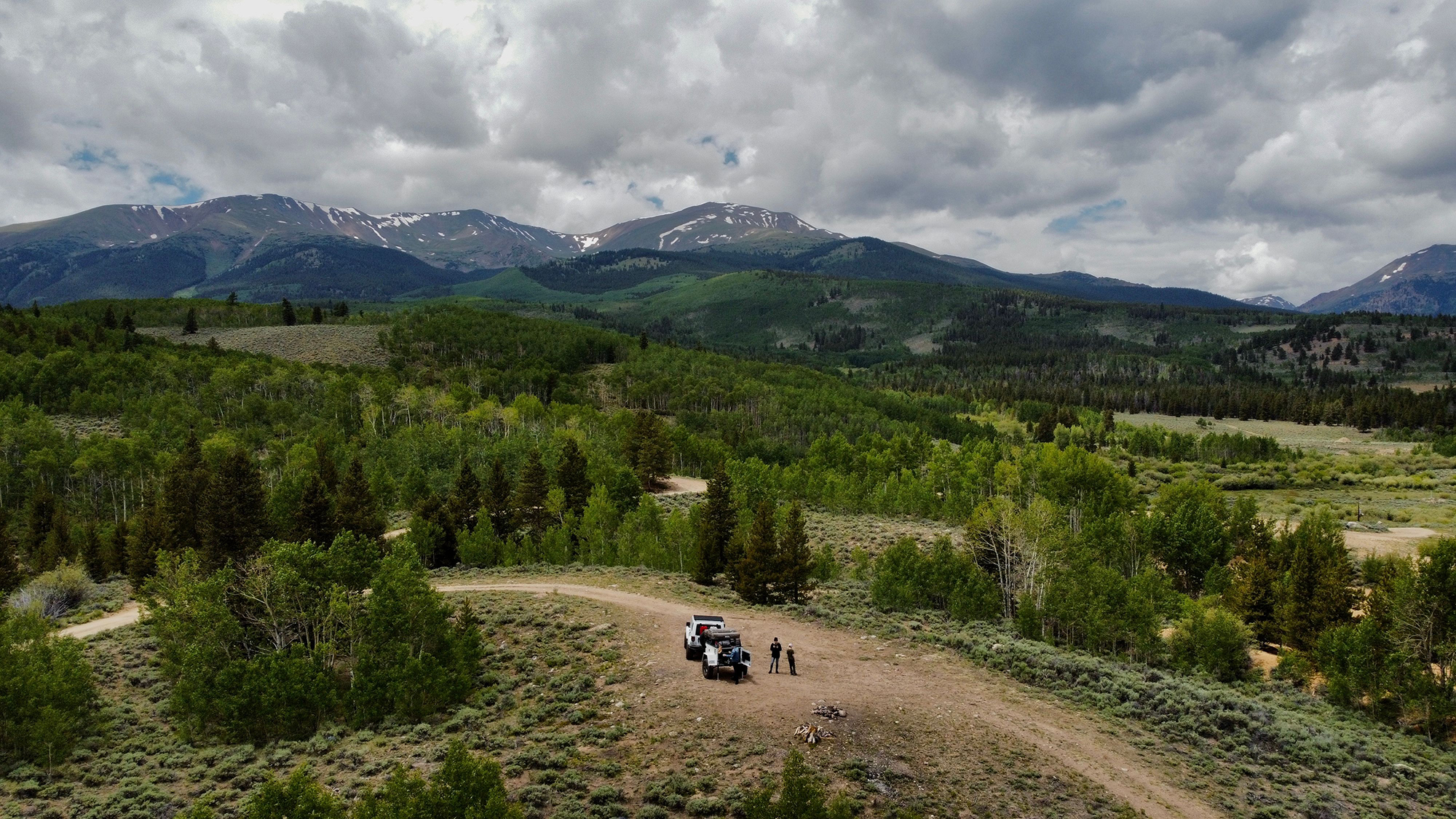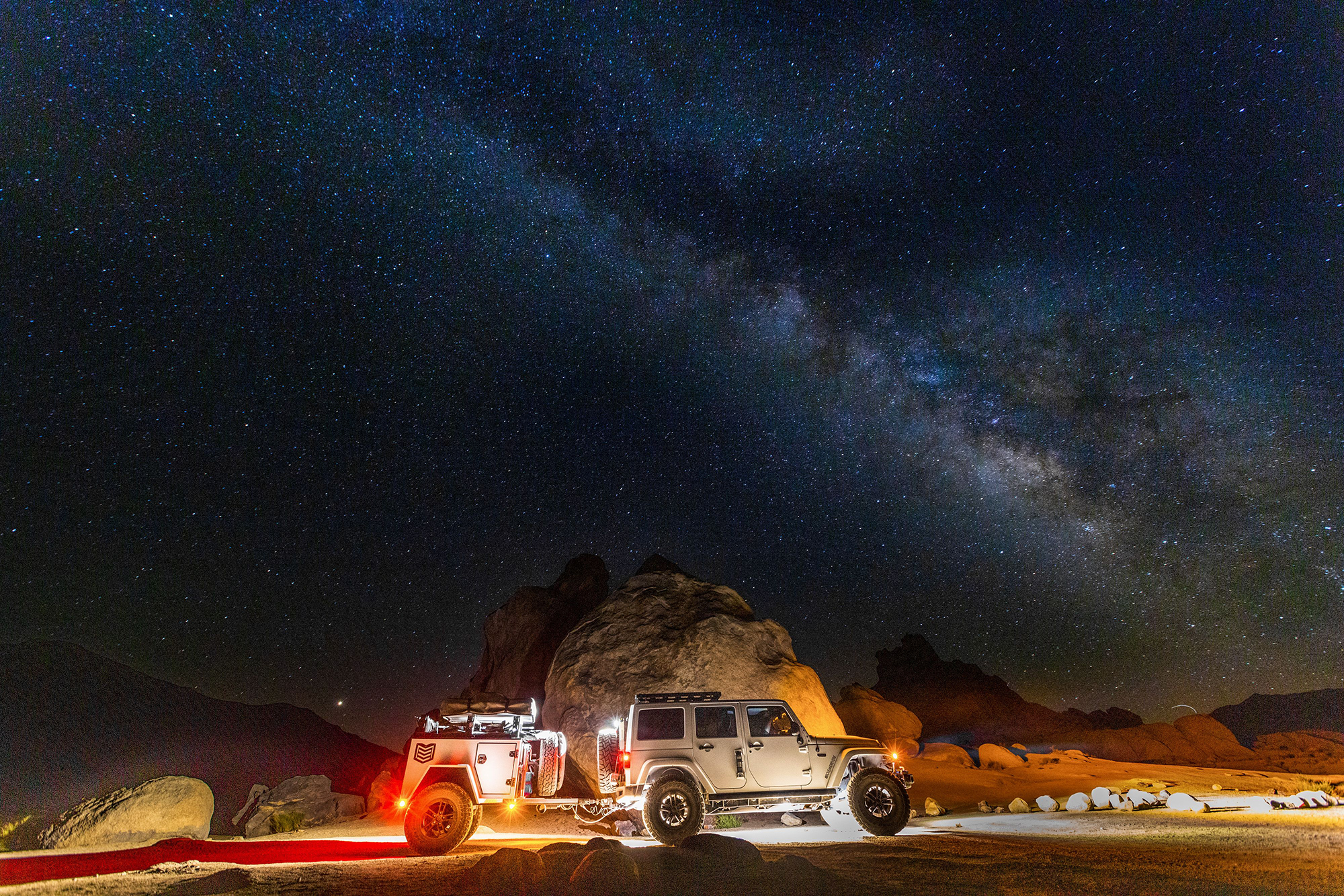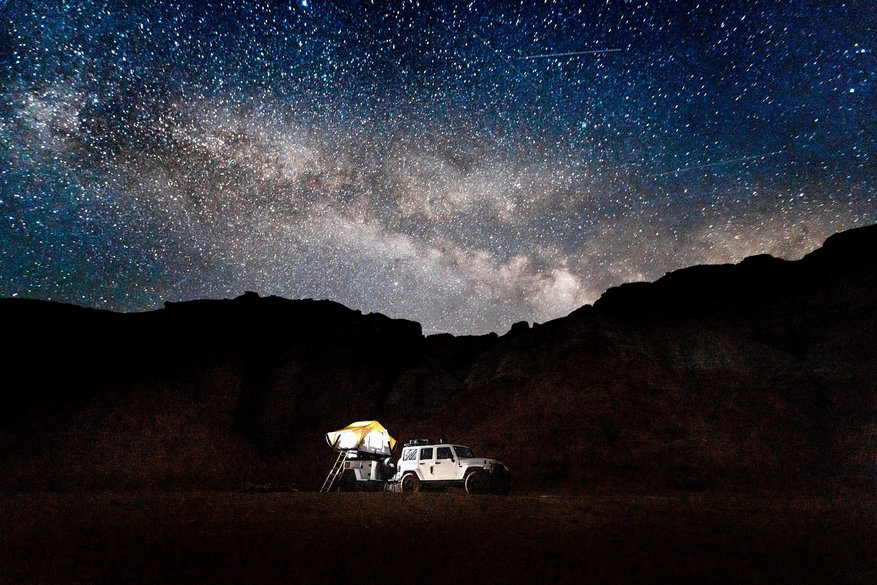by Tara McGovern
Special to Torque
Part One of Three
In the first part of this series, we looked into many of the top products you’ll need for a successful overlanding adventure, as well as how to properly store them in your vehicle.
In part two, we moved on to setting up your campsite and some of the best products you can have for sleeping, cooking, storage and clean up of your area.
So, now that we’ve got all of the safety necessities out of the way, in this final part we can focus on the payoff for all of that hard work you’ve put into preparing. There are a lot of really amazing reasons to get outside and off-grid to camp in places that don’t often see humans. For us, some of those reasons include:

Adventure:
There is nothing quite like the thrill of self-reliant adventure and exploration, and your mindset is key to success.
The process of traveling broadens your perspective and understanding of the world and can teach you all kinds of new things, and keeping an open mind and problem-solving attitude can make just about any situation an adventure.
You don’t need to start with a two-month long cross-country trip, either. A great way to get a system down for yourself and get more comfortable is to start by taking weekend trips and building from there.
This way, a lot of things that may have seemed so overwhelming at first will become second nature. Also, you may want to think about starting with state and national park campgrounds before moving up to more remote national forest and Bureau of Land Management land.

Uninterrupted Family Time:
This is still my number one reason for taking the kind of longer trips that we do each year. It’s our time together as a family that isn’t interrupted by sports schedules, school, etc.
I love taking us far enough away from cell phone service so that devices can’t be a distraction and I won’t feel the weight of work guilt. It completely changes the dynamic for us and it’s very hard to go back to “normal life” afterwards.
The mental health benefits of being outdoors and immersed in nature without distractions are countless, but I always find myself noticing I am much healthier both physically and mentally when we are on long trips that involve a lot of camping.

Stars/Night Sky:
As a professional photographer, obviously the outdoors is my happy place and being able to get to dark sky locations where the sky is ideal for astrophotography is a huge factor for me.
However, even without my camera, being able to experience that night sky magic is priceless. There are always summer meteor showers to chase and Milky Way phenomena to discover when there is almost no light pollution. A great smartphone app to help find and plan for those things is PhotoPills.
Some of our favorite remote areas to camp and star gaze: Olympic National Park - Deer Park Campground (WA), Tahoe National Forest (CA), Bridger-Teton National Forest (WY), Gifford Pinchot National Forest (WA), Mount Baker-Snoqualmie National Forest (WA), Inyo National Forest (CA), Bighorn National Forest (WY), Joshua Tree National Park (CA), Trail Creek Road in Sun Valley (ID) and Goblin Valley State Park Area (UT).
Some good starter camping areas and trails that are less remote, but well known are Alabama Hills (CA), Yankee Boy Basin (CO), Argentine Pass (CO), Gemini Bridges Trail area in Moab (UT), Alstrom Point (Lake Powell Area), Seaside/Warrenton area Beaches (OR), and Twin Lakes area dispersed (CO).
Other Articles That May Interest You:
Overlanding Buyers Guide — Top Products For Your Next Adventure
Overlanding Education Just As Important As Products, Vehicles





















